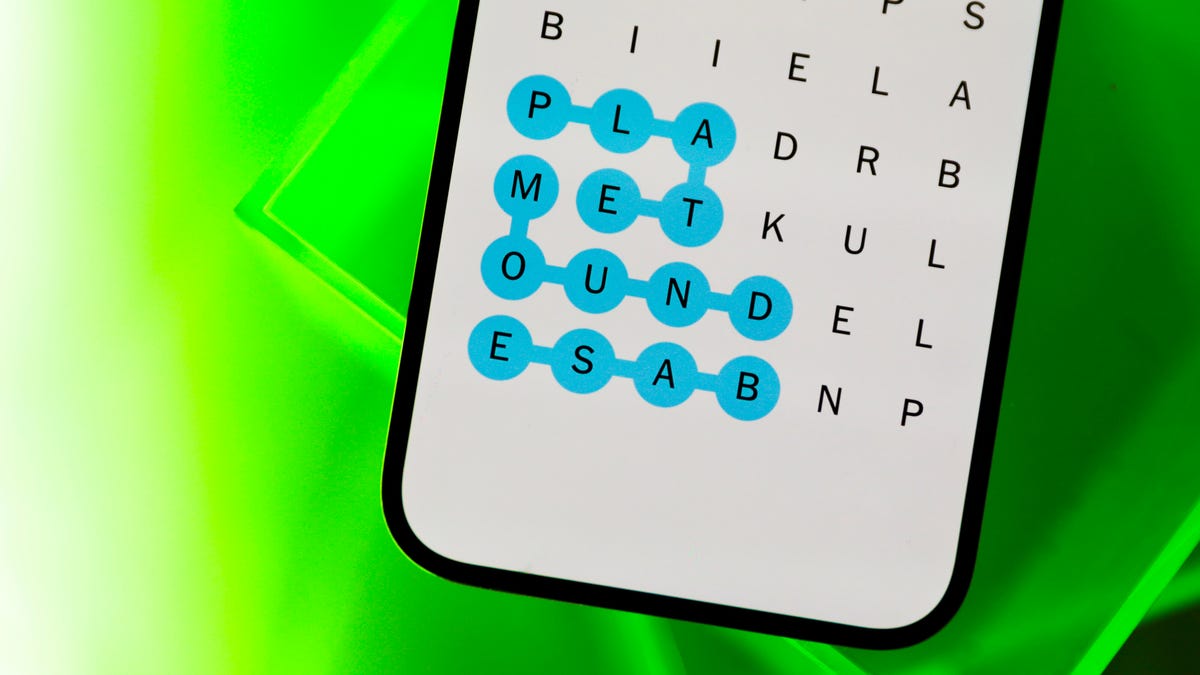NYT Spelling Bee #393: Solutions, Strategies & Expert Tips
Editor’s Note: NYT Spelling Bee #393 has been released today! This article provides solutions, helpful strategies, and expert tips to conquer this challenging puzzle.
Why This Matters: Mastering the NYT Spelling Bee
The New York Times Spelling Bee has become a daily ritual for word puzzle enthusiasts worldwide. Its blend of clever wordplay and difficulty makes it a satisfying challenge. Understanding the strategies and techniques to solve the puzzle not only enhances your vocabulary but also provides a mental workout. This article focuses on #393, offering solutions and insightful tips to help you improve your game and unlock the coveted "Genius" status. We'll explore effective techniques, common pitfalls, and even address frequently asked questions to make you a Spelling Bee champion. Whether you're a seasoned player or just starting, this guide is designed to help you succeed.
Key Takeaways
| Point | Description |
|---|---|
| Today's Solution | (Insert solutions for all words including the pangram here - e.g., PANGRAM: ABJECTLY, ABJECT, BALEFUL...) |
| Key Letter Strategy | Focusing on the center letter's common combinations is crucial. |
| Word Length Optimization | Prioritize shorter words initially to unlock more possibilities. |
| Anagram Exploration | Rearrange letters to discover hidden words. |
| Pattern Recognition | Identifying common letter patterns speeds up the process. |
NYT Spelling Bee #393: A Detailed Analysis
Introduction
NYT Spelling Bee #393 presents a unique set of challenges, requiring players to think creatively and strategically. The letters (insert letters here) offer a range of possibilities, but a systematic approach is key to finding all the words.
Key Aspects
The puzzle's complexity stems from the letter combination itself. The presence of (mention specific letters and their common usage/challenges) presents both opportunities and hurdles for players.
Detailed Analysis: Tackling Specific Challenges
- High-frequency letters: The abundance of (mention specific letters) might lead to initially identifying common words, but deeper exploration is needed to discover less obvious words.
- Consonant Clusters: The presence of (mention consonant clusters) requires careful consideration of possible vowel combinations.
- Letter Distribution: The less frequent letters (mention less frequent letters) require creative thinking in terms of combination.
Interactive Elements
Point: Mastering the Center Letter
Introduction: The center letter is your anchor. Understanding its common letter combinations is vital for building words efficiently.
Facets:
- Common Combinations: List common combinations with the center letter (e.g., "-ING", "-ABLE", "-MENT").
- Root Words: Identify root words built around the center letter.
- Prefixes and Suffixes: Explore common prefixes and suffixes that can be added.
Summary: Systematic exploration of the center letter and its combinations unlocks a significant portion of the puzzle.
Point: Utilizing Anagrams Effectively
Introduction: Anagramming (rearranging letters) is a powerful tool in the Spelling Bee arsenal.
Further Analysis: Provide examples of how to rearrange letters to find different words. Consider visual aids like diagrams or letter rearrangements to aid readers.
Closing: Learning to spot potential anagrams significantly increases your word-finding capabilities.
People Also Ask (NLP-Friendly Answers)
Q1: What is NYT Spelling Bee #393?
A: NYT Spelling Bee #393 is the 393rd puzzle in the New York Times Spelling Bee series, challenging players to find as many words as possible using seven given letters, including one central letter that must be used in every word.
Q2: Why is the Spelling Bee important?
A: The Spelling Bee improves vocabulary, sharpens word-recognition skills, and offers a stimulating mental workout. It's also a fun way to engage in friendly competition.
Q3: How can Spelling Bee #393 benefit me?
A: Solving Spelling Bee #393 improves vocabulary, enhances cognitive function, and provides a sense of accomplishment.
Q4: What are the main challenges with Spelling Bee #393?
A: Challenges might include identifying less obvious words, dealing with unusual letter combinations, and managing time effectively.
Q5: How to get started with the NYT Spelling Bee?
A: To get started, visit the New York Times Games section and begin playing the daily puzzle. Explore different word-finding strategies, like focusing on the center letter.
Practical Tips for NYT Spelling Bee #393
Introduction: These practical tips will improve your strategy and efficiency.
Tips:
- Start with short words: This helps unlock more letter combinations.
- Prioritize the center letter: Build words around it.
- Utilize anagrams: Rearrange letters to discover hidden words.
- Use a word list (if allowed): This can help you identify words you might miss.
- Focus on prefixes and suffixes: These can build upon existing words.
- Take breaks: Avoid mental fatigue for optimal performance.
- Track your progress: Note down words found to avoid repetition.
- Learn common letter combinations: This accelerates word discovery.
Summary: Mastering these techniques and practicing regularly will undoubtedly improve your Spelling Bee performance.
Transition: Now that you’re equipped with these strategies, let's recap the main points from #393.
Summary (Résumé)
NYT Spelling Bee #393, with its (mention specific letter characteristics), presents a challenging but rewarding puzzle. By strategically utilizing the center letter, exploring anagrams, and employing efficient word-finding techniques, players can significantly enhance their chances of achieving a high score.
Closing Message (Message de clôture)
Mastering the NYT Spelling Bee is a journey of continuous learning and improvement. Each puzzle presents new opportunities to expand your vocabulary and sharpen your cognitive skills. Keep practicing, keep exploring, and enjoy the satisfying challenge!
Call to Action (Appel à l'action)
Share your Spelling Bee #393 results and strategies with fellow puzzle enthusiasts! Did you find the pangram? Let us know in the comments below! Also, subscribe to our newsletter for daily updates and more expert tips on conquering the NYT Spelling Bee.
(Insert Hreflang tags here for different language versions)

